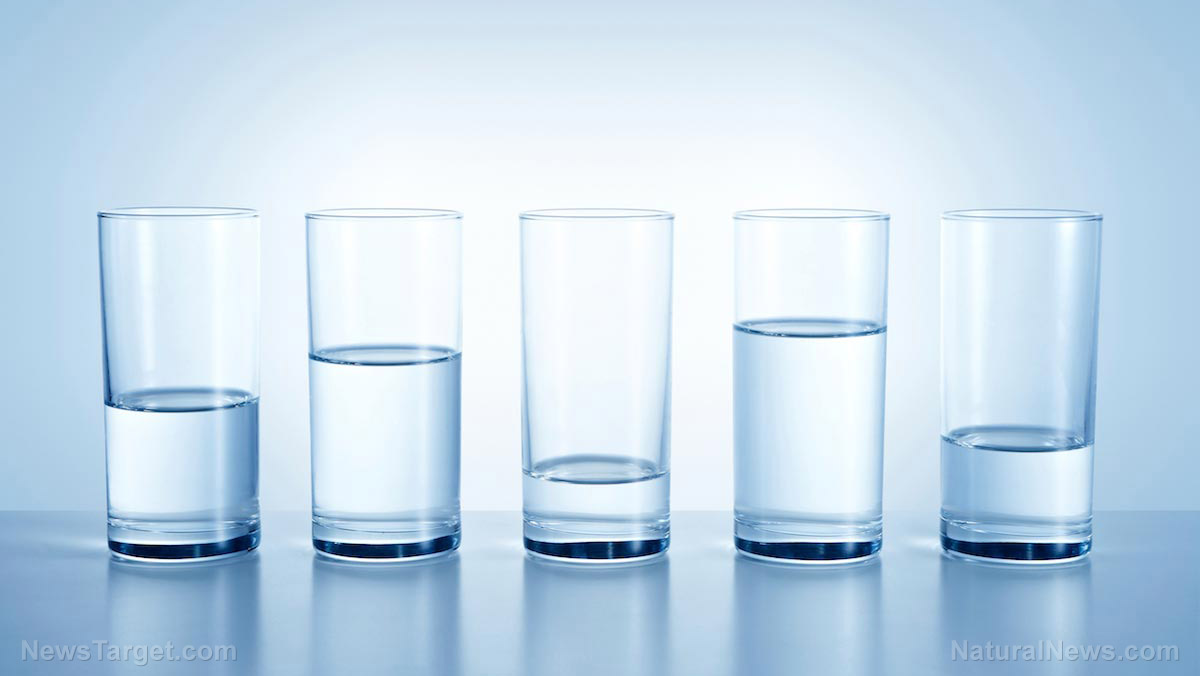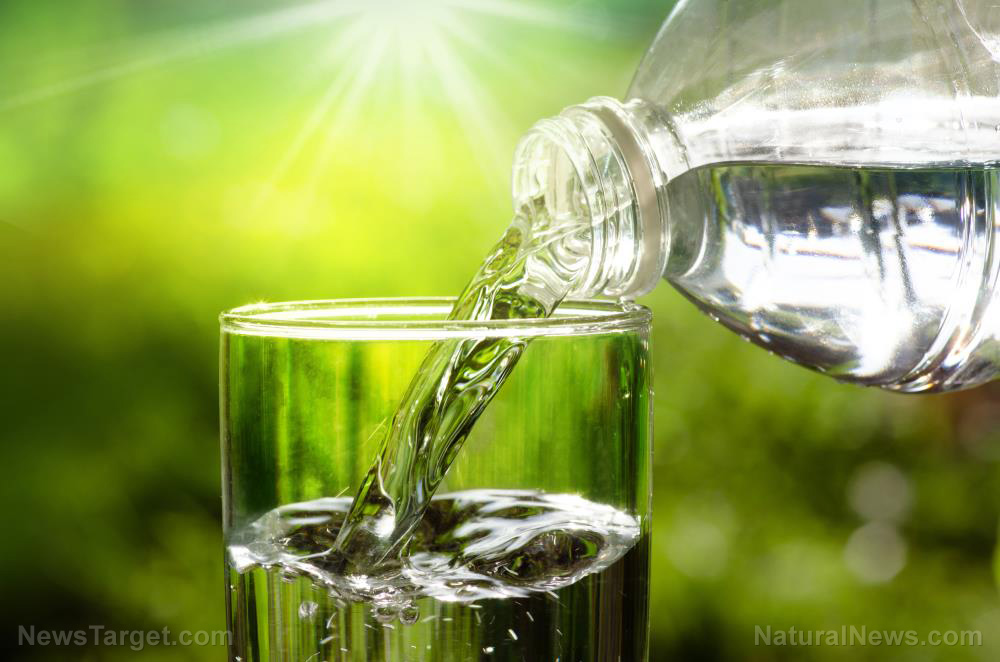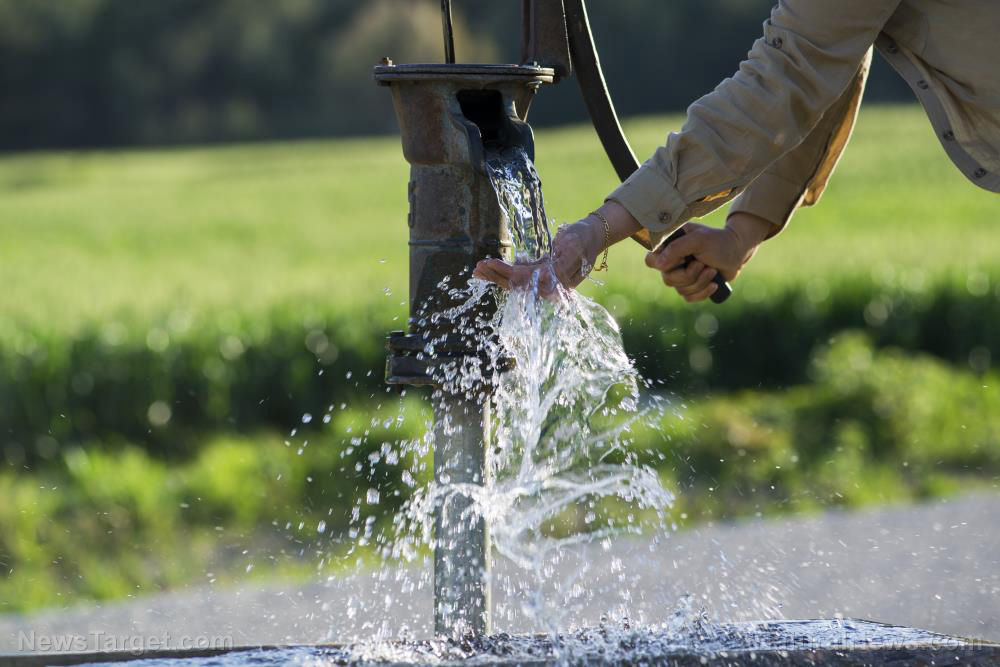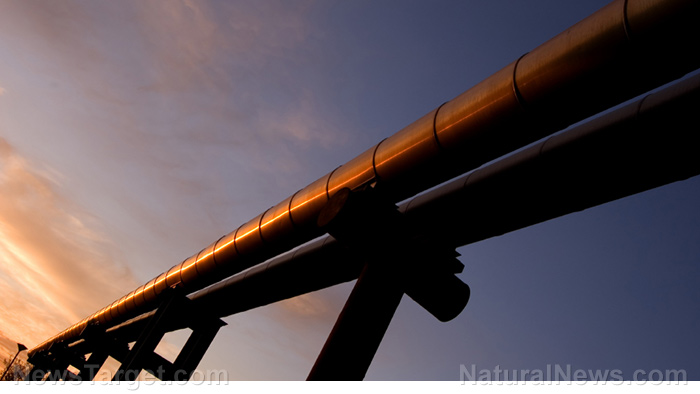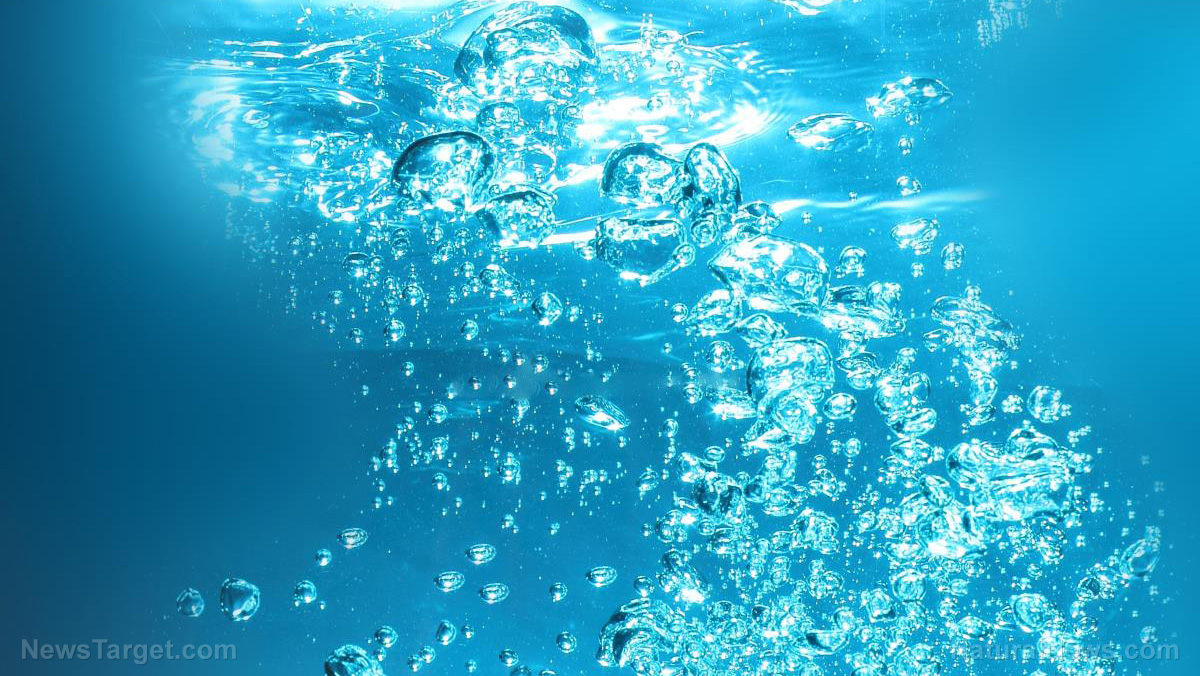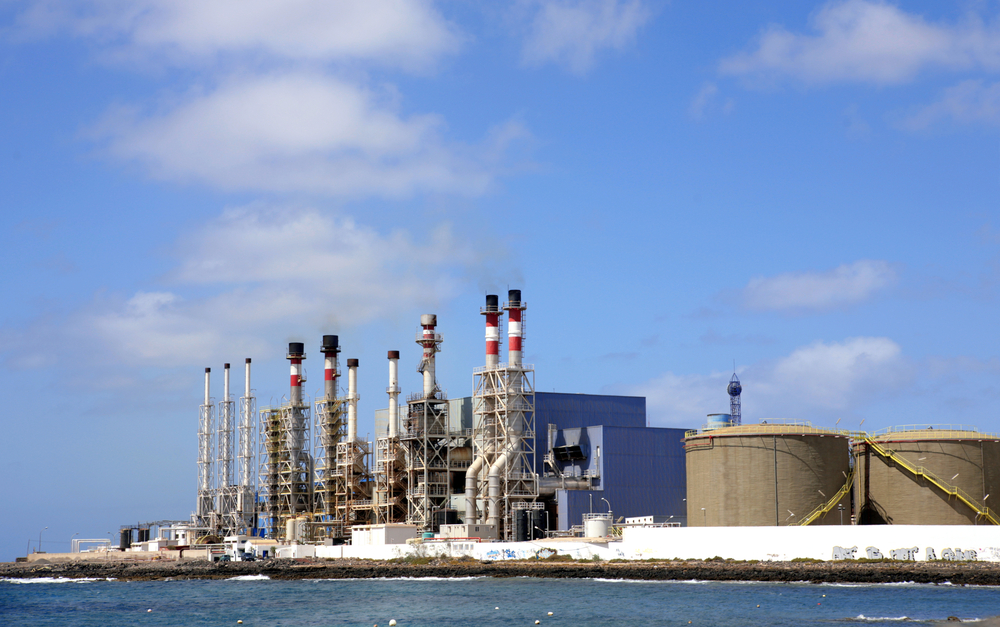Feeling thirsty on a flight? Don’t drink the airplane water, researchers advise
09/11/2020 / By Virgilio Marin

Consider keeping a sanitizer in flight – a study found that airplane water is contaminated with disease-causing bacteria.
Most American airlines at the regional and national level had dirty water systems onboard their planes, according to the study released by the Hunter College NYC Food Policy Center and the website Diet Detective. Researchers examined the tap water of 24 airlines and rated them according to a set of standards. They found that only four airlines had “relatively safe, clean water.”
The researchers recommended not to use airplane water for drinking or even for washing hands. They noted that it contained the coliform bacteria Escherichia coli or E. coli. Strains of E. coli can cause bloody diarrhea, vomiting and cramps.
“I also don’t wash my hands in the lavatory anymore,” said lead researcher Charles Platkin, Executive Director of the Food Policy Center and founder of Diet Detective. “I make sure to have sanitizer. If you wash your hands in what could potentially be unsafe water, it sort of negates the whole process of actually washing your hands.”
Unsafe airplane water teeming with bacteria
For the study, the researchers devised a scoring system to rank 10 national airlines and 12 regional airlines. A score of three and higher means airplane water is relatively safe for drinking. The criteria for grading include fleet size, positive E. coli and coliform water sample reports, cooperation in the interview, and violations of the Aircraft Drinking Water Rule (ADWR).
They found that only three national airlines had safe tap water: Alaska Airlines, Allegiant Air and Hawaiian Airlines. Meanwhile, only one regional airline, Piedmont Airlines, had safe tap water. Piedmont’s water is also considered the safest among all samples.
On the other hand, airlines that scored the worst include the major airlines JetBlue and Spirit Airlines and the regional airlines ExpressJet Airlines and Republic Airways.
The rest of the major airlines scored as follows:
- Alaska Airlines: 3.3
- Allegiant Air: 3.3
- Hawaiian Airlines: 3.1
- Frontier Airlines: 2.6
- Southwest Airlines: 2.4
- Delta Air Lines: 1.6
- American Airlines: 1.5
- United Airlines: 1.2
- JetBlue: 1
- Spirit Airlines: 1
The rest of the regional airlines scored as follows:
- Piedmont Airlines: 4.33
- Sun Country Airlines: 2.78
- Envoy Air: 2.11
- GoJet Airlines: 2
- Trans States Airlines: 1.78
- Compass Airlines 1.22
- PSA Airlines: 1.22
- SkyWest Airlines 1.11
- Endeavor Air: 0.78
- Air Wisconsin Airlines: 0.68
- ExpressJet Airlines: 0.56
- Republic Airways: 0.44
Although the airlines only serve bottled drinking water, they use tap water for tea and coffee. It’s also used by passengers in airplane restrooms. (Related: FLYING IN FILTH: 9 airplane surfaces that harbor dangerous bacteria.)
Strict regulations for airplane water
Airplane water is regulated by the ADWR, which was established in 2011. Under the rule, airlines are required to survey onboard water systems for coliform and to disinfect and flush each plane’s water tank four times a year. If coliform gets detected, the airline must cut off access to the tank within 24 hours and have it cleaned.
But a flight attendant for a major airline said that water tanks in planes are cleaned only every six months or so. According to the unnamed flight attendant, the water used to make coffee on planes could contain E. coli. The airline’s airplane water did not pass a recent test for the bacteria but inspectors tinkered with the report, said the source.
Fewer ADWR violations have been recorded for both regional and national airlines since 2012. But Platkin believes that this does not reflect the actual status of water health. He said that the decrease in violations is due to limp enforcement by the U.S. Environmental Protection Agency (EPA), which developed the ADWR.
Platkin also noted that the EPA and the major airlines were uncooperative during their research. According to Platkin, the EPA did not answer penalty-related questions. The airlines Spirit, Allegiant and Frontier did not respond to any questions at all. American, United and JetBlue offered only weak responses.
“We need to make sure violations have penalties and costs that make airlines want to comply. We should tighten up the rules and add more tests to determine aircraft water quality,” said Platkin.
Learn more about the status of airplane water at TapWater.news.
Sources include:
Tagged Under: airlines, airplane water, E. coli, evil corporation, tap water, unsafe water, water health
RECENT NEWS & ARTICLES
COPYRIGHT © 2017 WATER WARS NEWS



